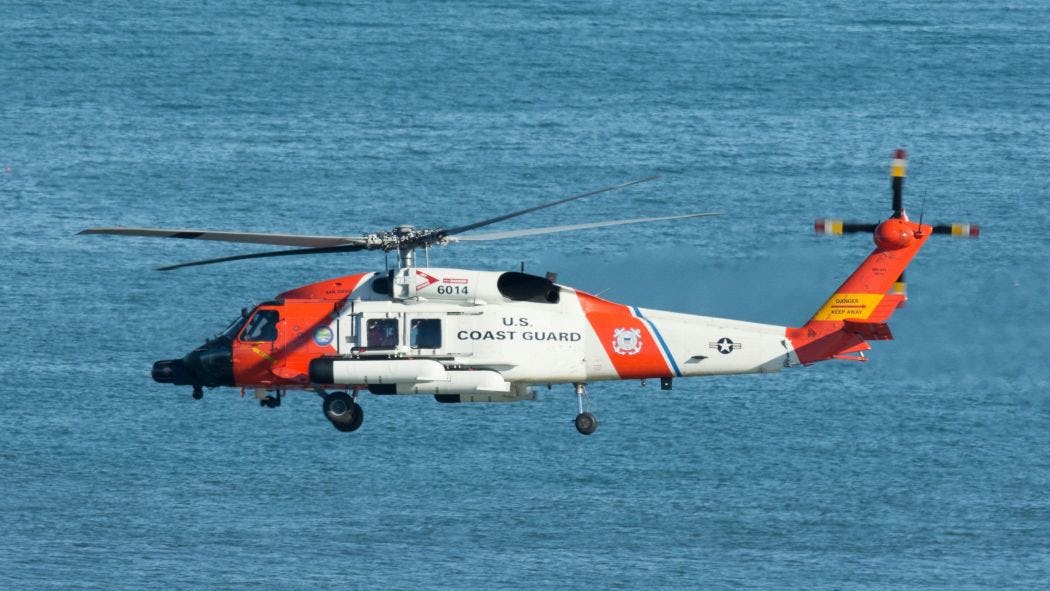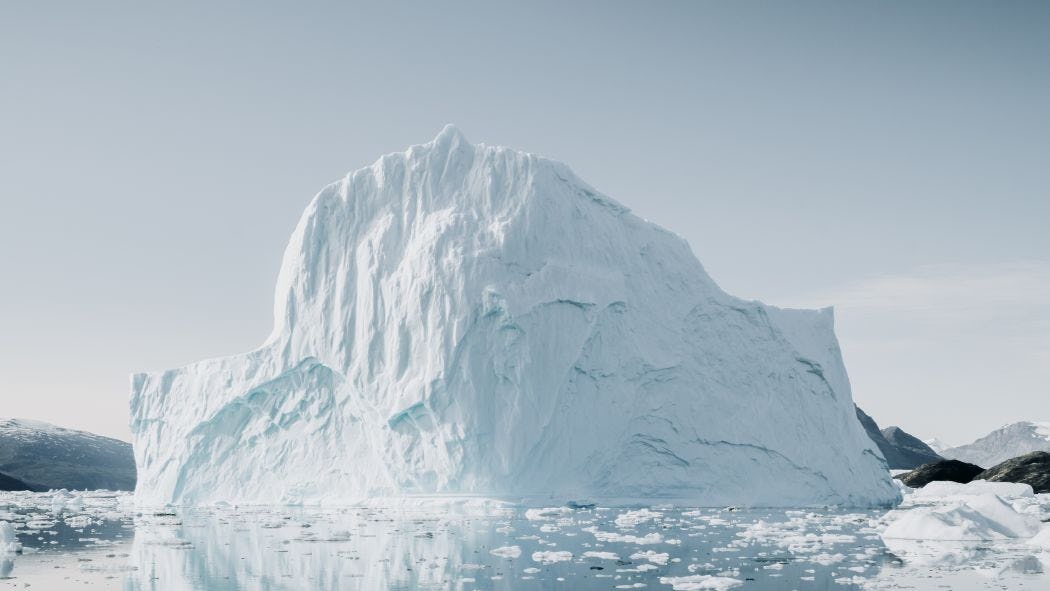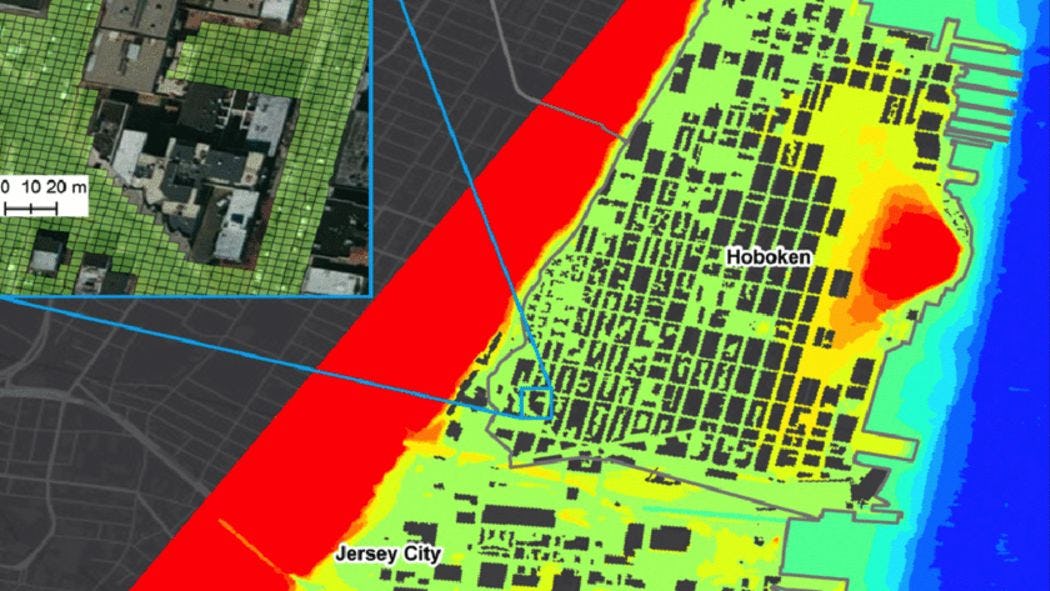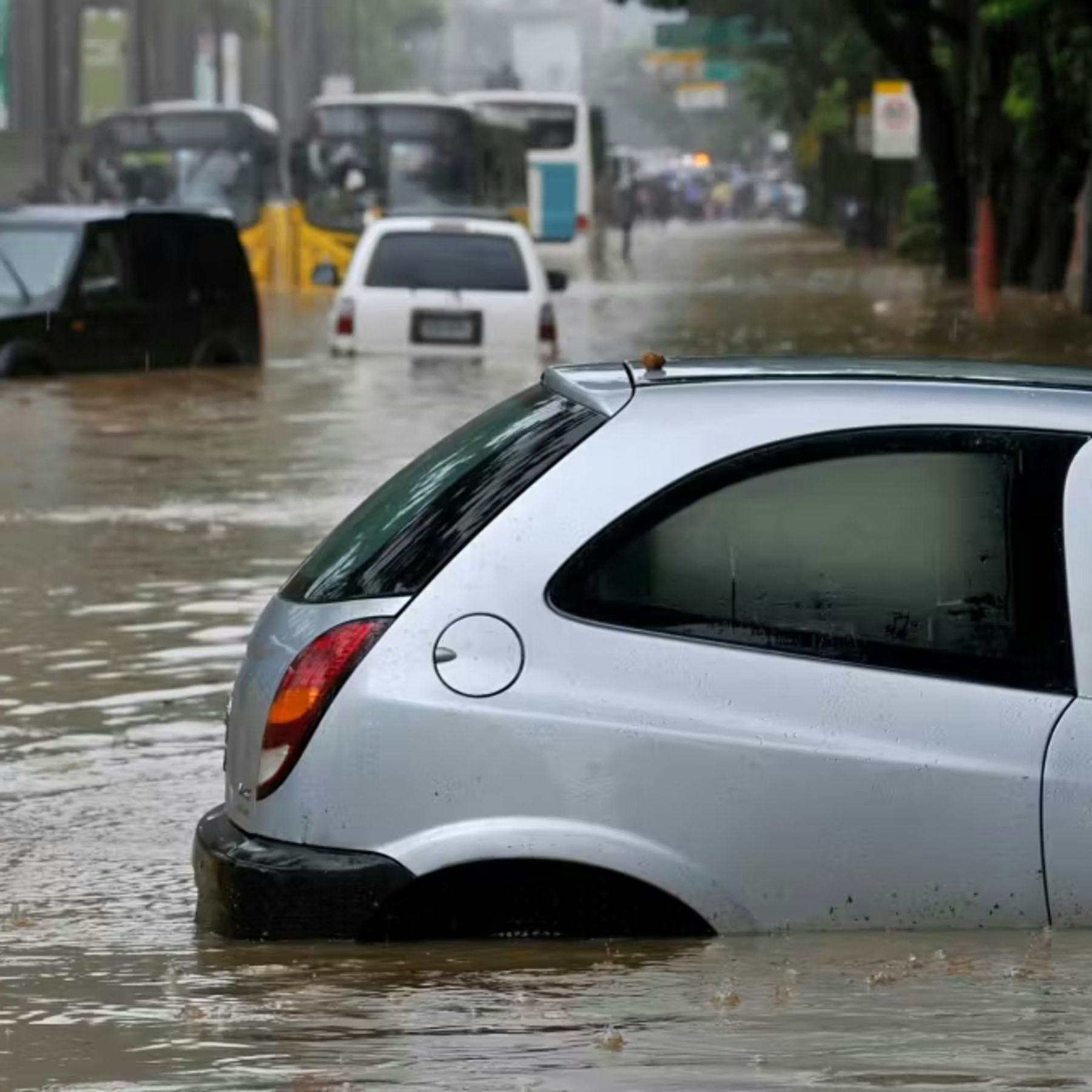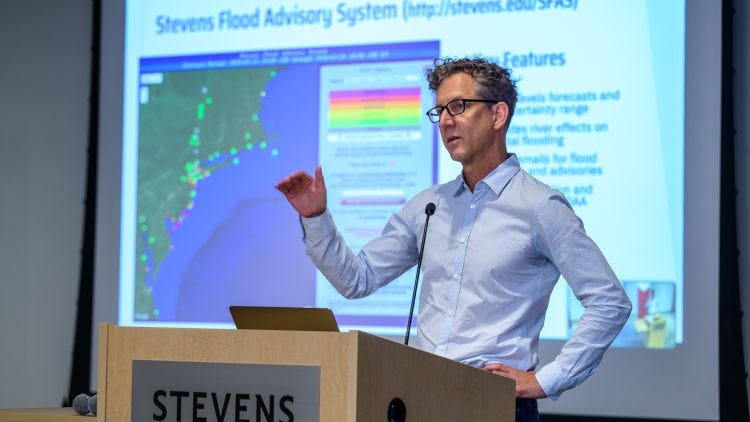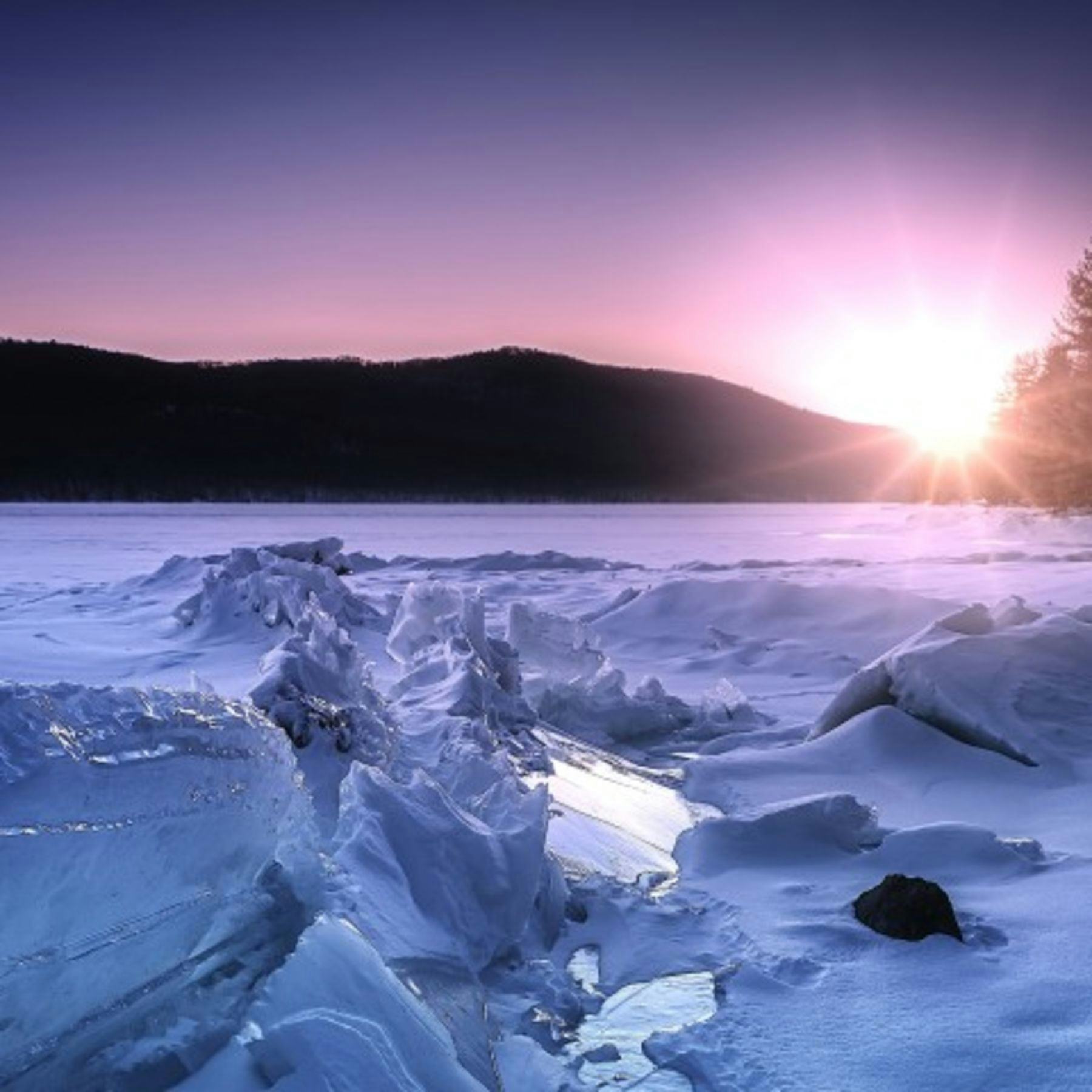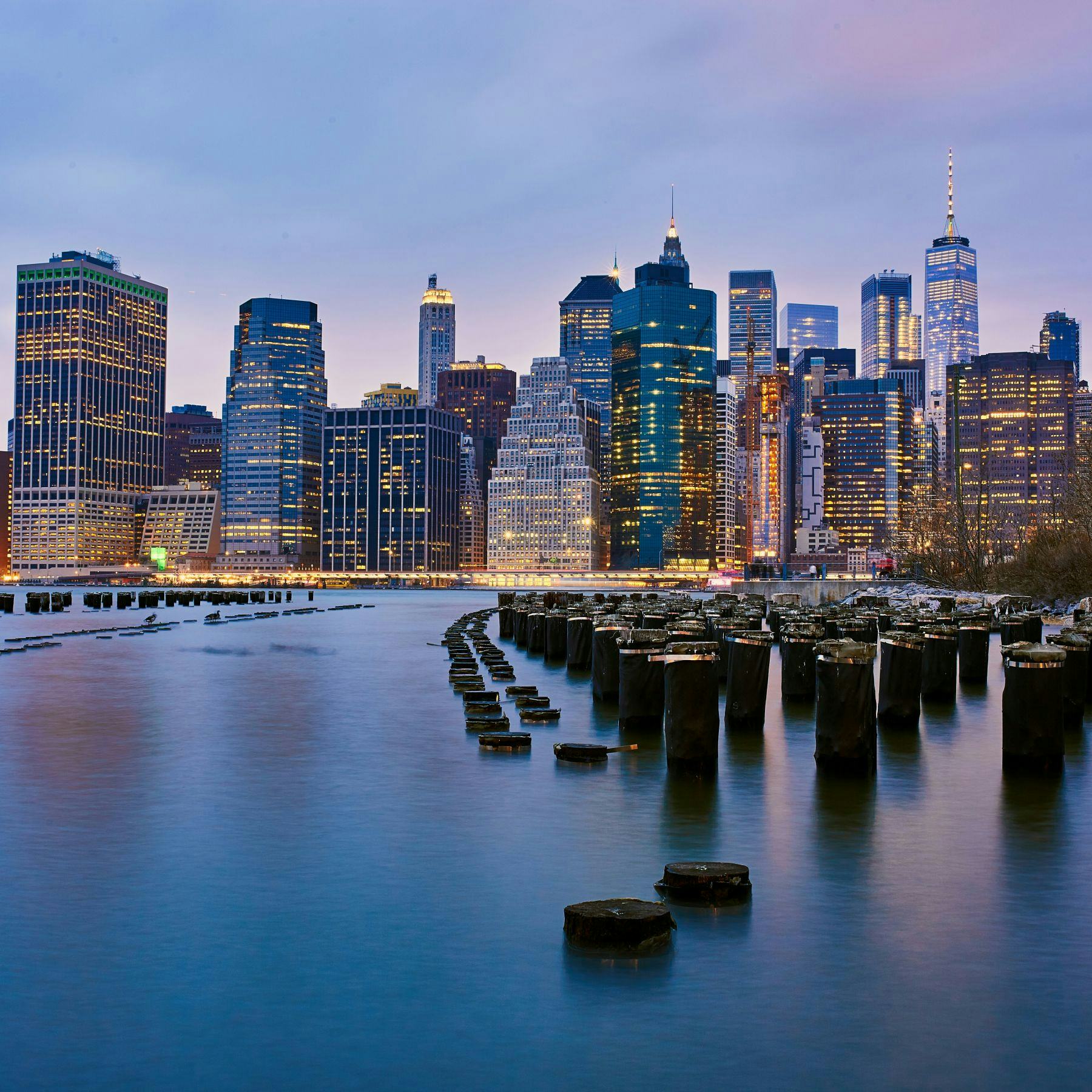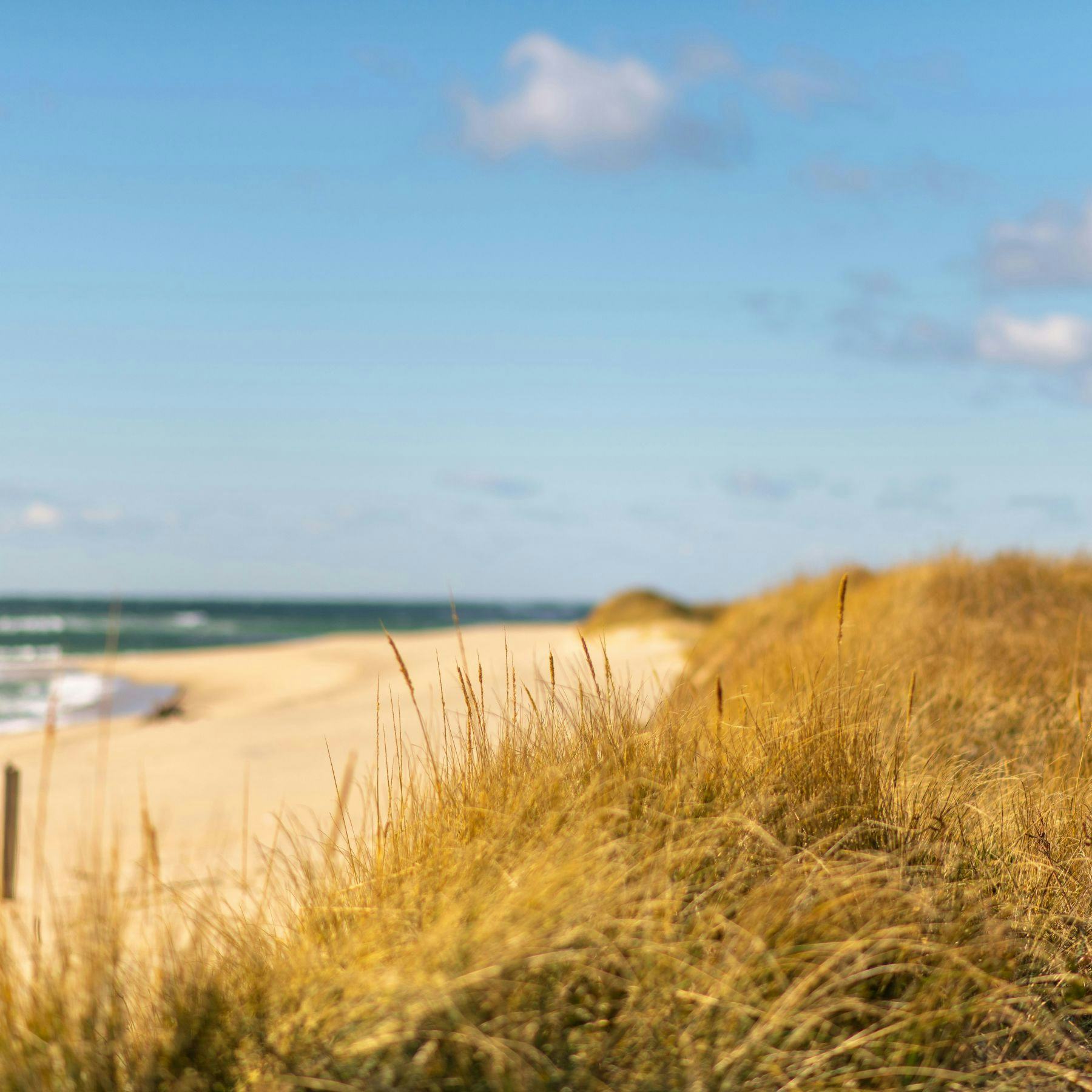Stevens Helps Save Lives
Stevens Institute of Technology is helping save lives and prepare communities, using leading-edge flood and storm-surge tools to inform both emergency response and long-term planning.
We also develop natural and engineered defenses against climate change, sea-level rise and extreme-weather events.

